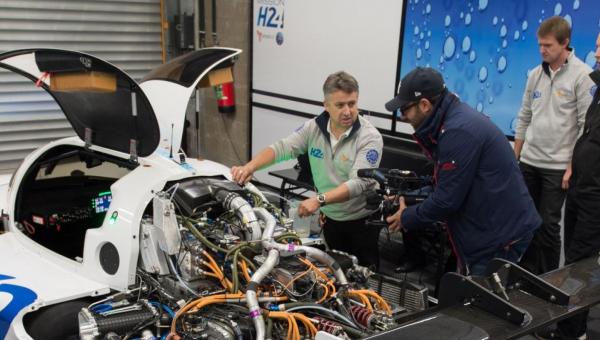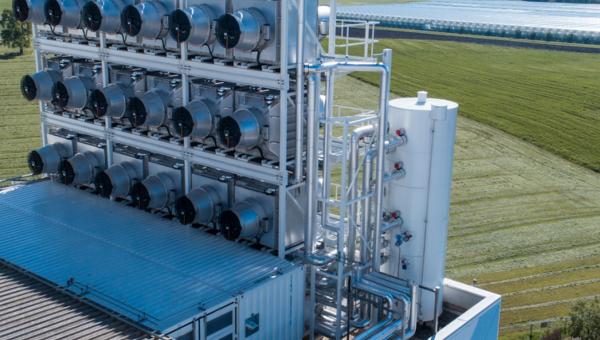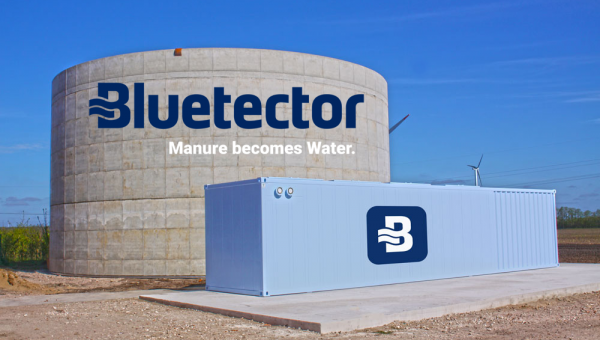Generating electricity from a deadly bacteria
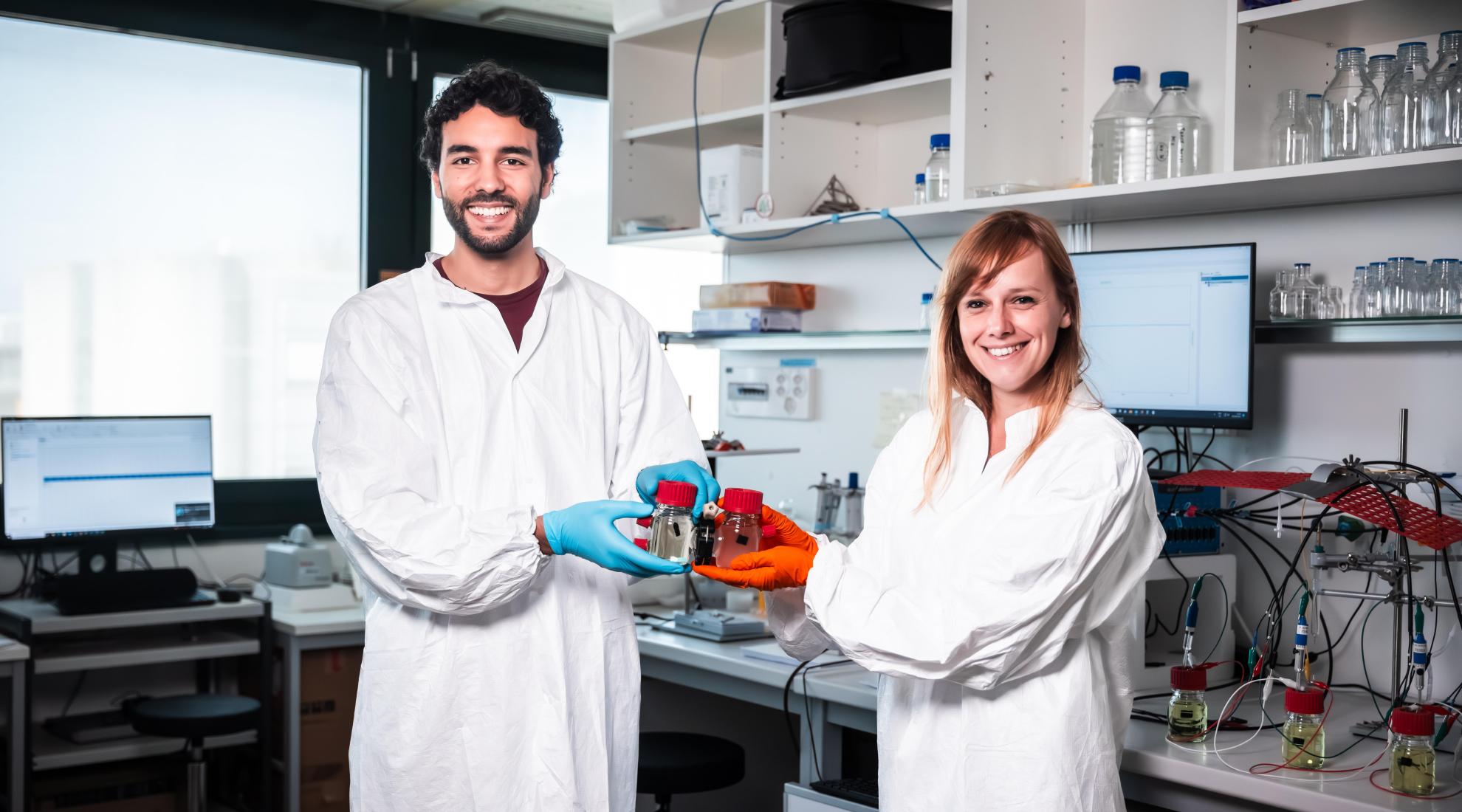
Swiss researchers have succeeded for the first time in improving the ability of E. coli bacteria to produce electricity. This should make it possible in future to process organic waste better and generate electricity efficiently at the same time.
The E. coli bacterium is part of our everyday lives. Each of us carries it inside us — in the digestive tract. There it makes itself useful by breaking down nutrients and warding off pathogens. Under certain conditions, however, the small bacteria become unpleasant or even dangerous. They can trigger infections and are considered one of the most common agents worldwide for infections of the urinary tract, the gastrointestinal tract, but also of the respiratory tract and of wounds.
Manipulating the E. coli bacteria
Recently, the microorganisms have acquired an additional, surprisingly pleasant function: according to researchers at EPFL in Switzerland, they can be used to generate microbial electricity and are able to process organic waste efficiently. In order for the E. coli bacteria to generate electricity, the researchers had to manipulate them first. Their goal was to achieve this with a process known as extracellular electron transfer, or EET for short. Thanks to EET, the bacterium becomes a very effective 'electric microbe'. The advantage of this is that no chemicals are needed, but the modified E. coli bacteria can metabolise various organic materials to generate electricity. The researchers succeeded for the first time in creating the complete EET pathway within the bacterium. This increased the power generated, which the researchers say has not been achieved in this form before.
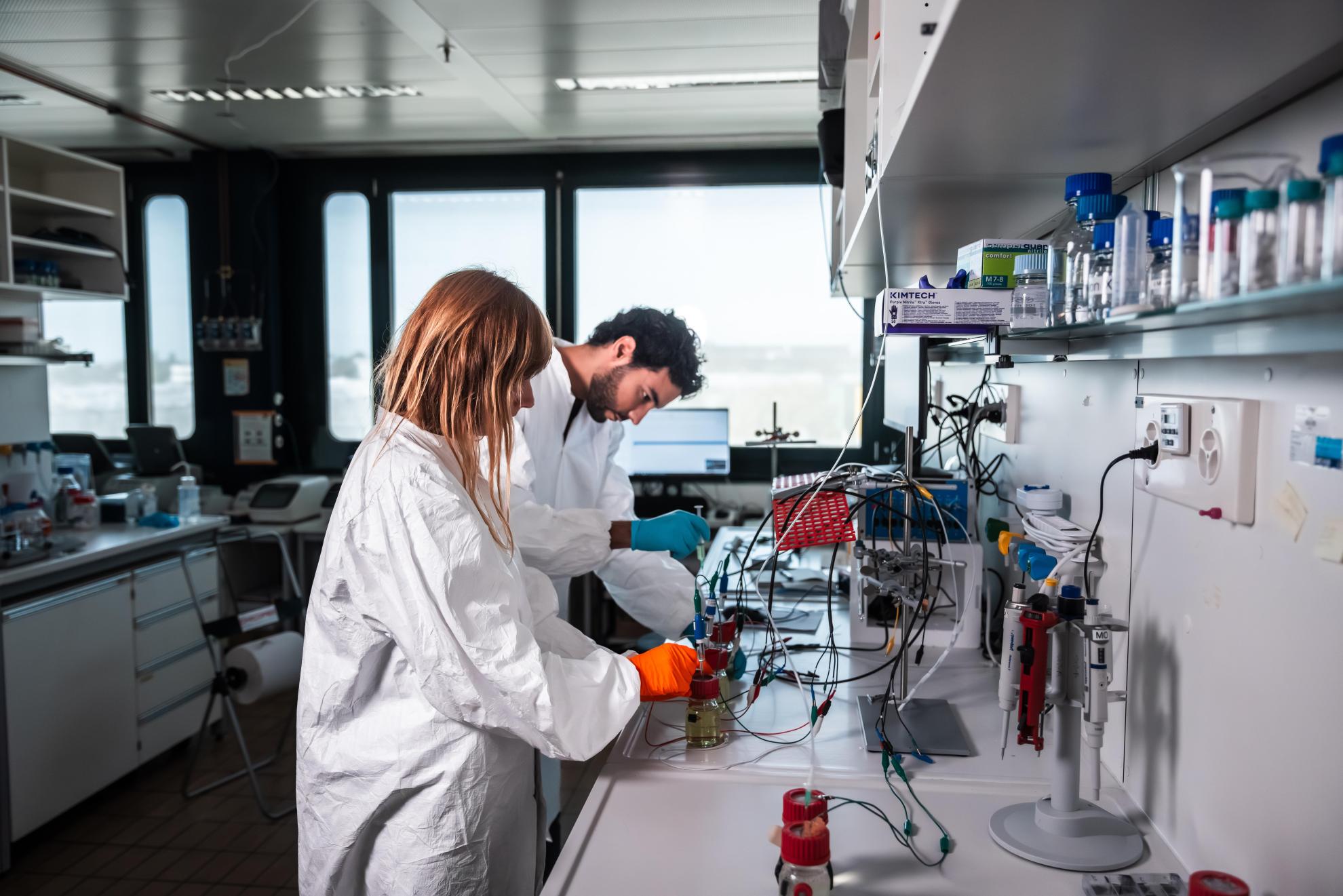
Mohammed Mouhib and Melania Reggente working on a way to generate electricity from E. coli bacteria at EPFL laboratory in Lausanne.
Help from a bacterium known for generating electricity
The research team made the breakthrough by using another bacterium: Shewanella oneidensis MR-1, a bacterium famous for generating electricity. By using it, the researchers were able to find an optimised way to cross both inner and outer cell membranes and everything else in between. This alone tripled the electricity production.
Much better results in waste water
The researchers tested the engineered E. coli bacteria in different environments. Tests on the waste water of a Lausanne brewery showed that the researchers' artificial electric bacteria multiplied quickly because they could feed on the 'waste' in the waste water. Exotic electric microbes, on the other hand, failed in this environment.
We have set a new record compared to the previous state of the art.
The scientists already have a variety of applications in mind for their engineered bacteria. Since they are able to generate electricity from very different sources, they could be used in microbial fuel cells, in electrosynthesis and biosensors. In addition, the bacteria could certainly be adapted to special environments and raw materials.


